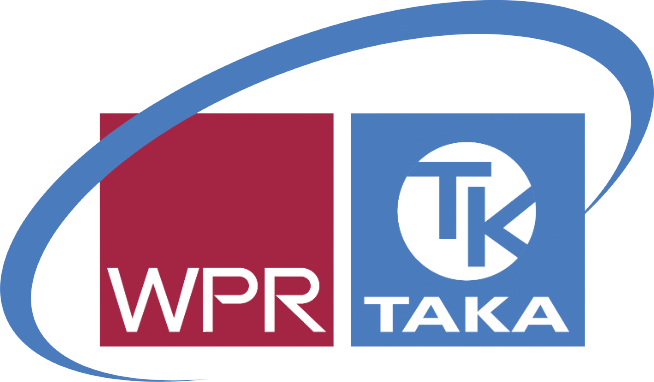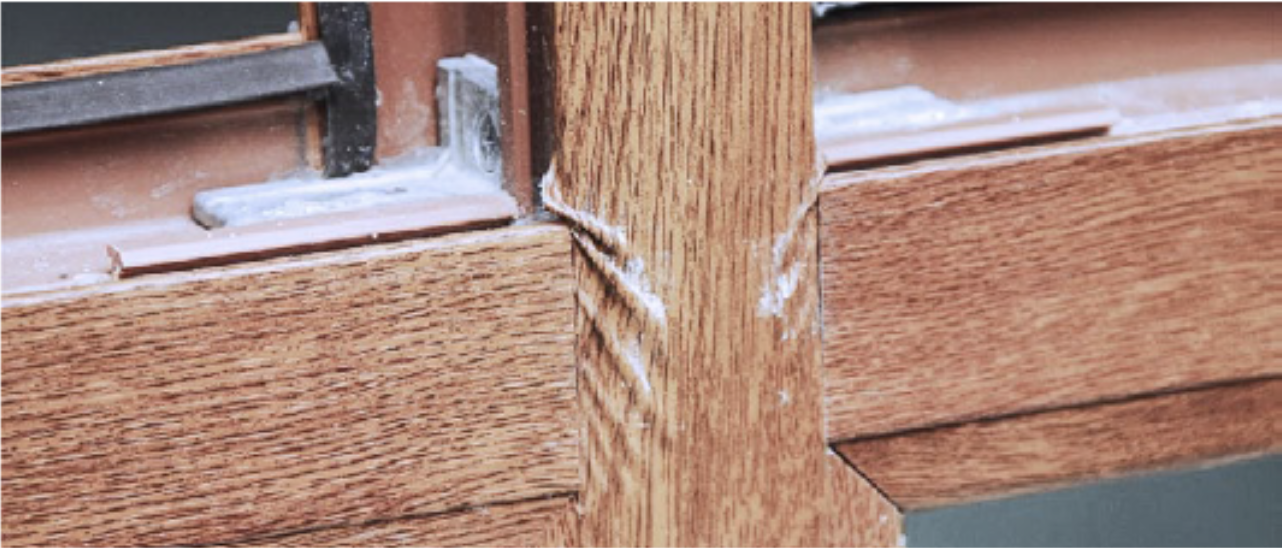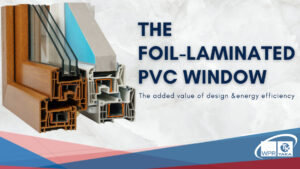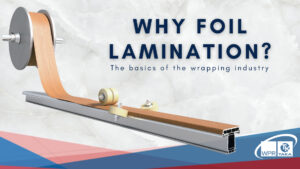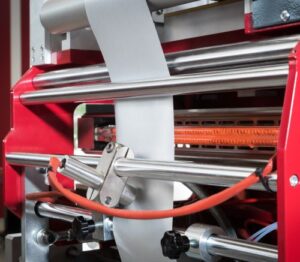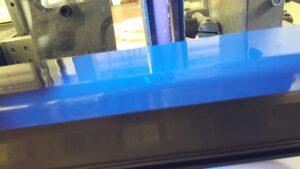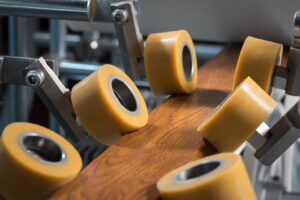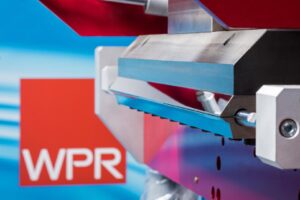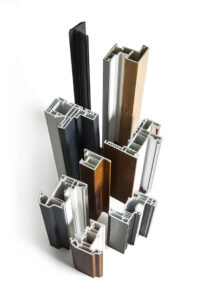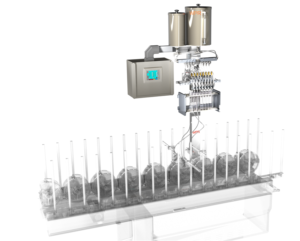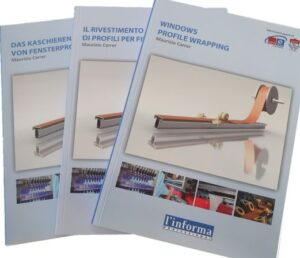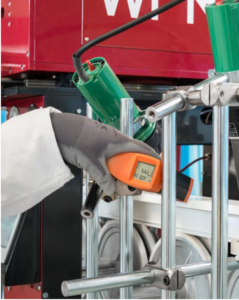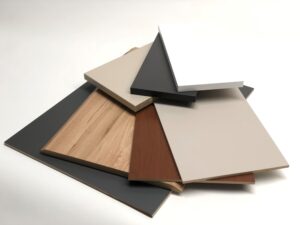The demanding weather conditions throughout the seasons put stress on the adhesive until one day it might give and the result will be the foil peeling off the window.
Despite common belief, the decorative foil is not waterproof, so heat and humidity penetrate the foil and continuously attack the adhesive. At the same time, additives contained in the PVC and plasticizers in the decorative foil migrate to the surface with an additional weakening effect on the adhesion.
This is why in Europe there is a strong trend to guarantee longer lifetimes of foiled profiles by offering the best possible quality. The advantage is not only to achieve a top-class reputation but also to avoid today the claims of tomorrow. In fact, the costs of correcting foiling defects is far greater than the savings of buying low cost adhesives, and this is without taking into account the damage to the brand’s reputation.
How can you be sure that there will be no delamination in the future? There are different test methods of artificial weathering that have an accelerated ageing effect on the foiled profile. These tests demonstrate the resistance of the compound to the most critical weather conditions, which are heat and humidity. The most common test method is the so called “hydrolysis test” applied by the German quality association GKFP. The test specimen is stored in an oven for 42 days at 70°C and 98% relative humidity.
After this time the foil is peeled with a dynamometer. If the strength of adhesion is still higher than 1.5 N/mm the test is passed successfully.
Do your profiles pass this test?
To face the incredibly growing demand of high performing glues, the Italian adhesive specialists Taka Srl have developed what today is the adhesive with the highest weathering resistance and subsequently the longest lifetime of all available Hot Melt Polyurethane Reactive glues on the market. Numerous test series by customers and independent laboratories have shown that while conventional glues hardly pass the minimum value of 1.5N/mm after six weeks, the new generation of adhesives can overcomes this benchmark even after more than 12 weeks in the oven.
Does your current adhesive supplier achieve these results?
